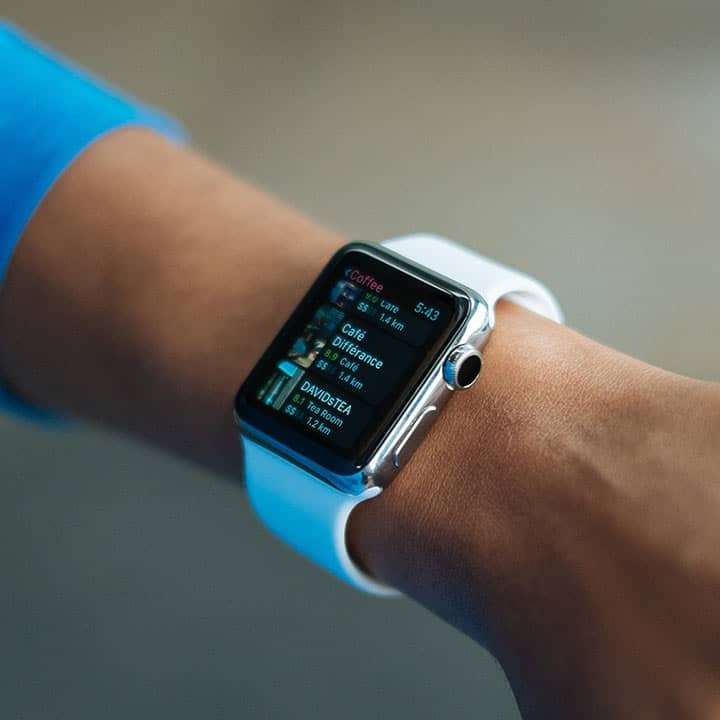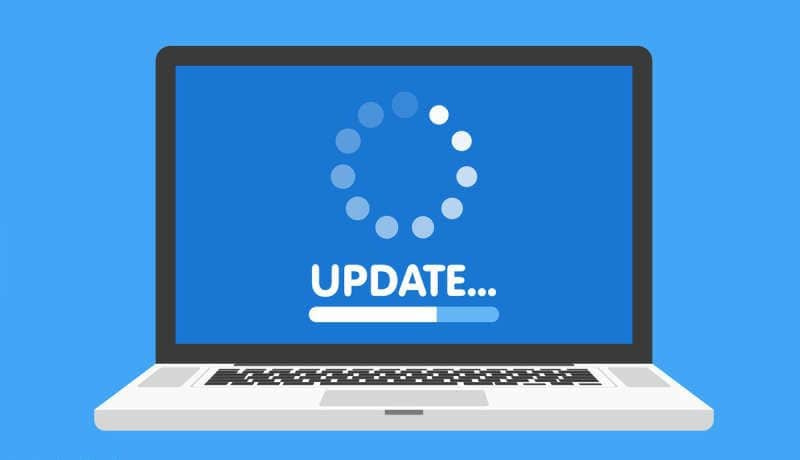How to Update Your Computer or Phone: A Simple Guide for Staying Secure and Functional
Why update your computer or phone is important?
This guide explains how to update your computer or phone, covering key topics like backing up data, choosing between automatic and manual updates, and ensuring a smooth update process. Keeping your devices up to date is essential for maintaining security, improving performance, and accessing new features. Whether you’re using a Windows PC, macOS, Android, or iOS, it’s important to regularly check for updates and understand the different types of updates available.
Why Keeping Your Devices Updated is Important
Updates bring vital improvements to your device, such as:
- Security Patches: Fixing vulnerabilities that hackers may exploit.
- Bug Fixes: Solving glitches or performance issues that slow down your device.
- New Features: Introducing new functionalities or improving existing ones.
Now, let’s dive into how to update your device, whether you’re using a Windows or Mac computer, or an Android or iPhone.
1. Updating Your Windows Computer
Checking for Updates Manually:
- Open Settings: Click on the Start menu and choose Settings (the gear icon).
- Go to Update & Security: In the settings window, click on Update & Security.
- Check for Updates: Click the Check for updates button to see if any new updates are available.
- Install Updates: If updates are found, Windows will download and install them automatically. You may be prompted to restart your computer once the updates are installed.
Automatic Updates:
- Windows typically installs updates automatically, but you can adjust this by going to Settings > Update & Security > Windows Update > Advanced Options. Here, you can choose whether to receive updates automatically or manually approve themBoot.dev Blogroadmap.sh.
2. Updating Your macOS Computer
Manually Checking for Updates:
- Click the Apple Menu: Go to the Apple icon in the top left corner of your screen.
- Select System Settings: Click on System Settings (or System Preferences in older versions).
- Software Update: In the System Preferences window, click on Software Update. Your Mac will check for available updates.
- Install Updates: If an update is available, click Update Now to install the latest macOS version.
Automatic Updates:
- To enable automatic updates, go to System Settings > Software Update > Advanced and select the options you want, such as automatically install macOS updates or security updates.
Backing up your data is particularly important before major macOS updates. Use Time Machine, the built-in backup tool on macOS, to ensure your files are safe
3. Updating Your Android Device
Manual Update Process:
- Open Settings: Tap the Settings icon on your home screen.
- Navigate to System Updates: Scroll down and select System or Software Update (this varies by manufacturer).
- Check for Updates: Tap on Check for updates to see if a new version of Android is available for your device.
- Download and Install: If an update is available, you will have the option to download and install it.
Automatic Updates:
- Android devices may prompt you to install updates automatically, but you can also manage this under Settings > System > Advanced > System Update. You can enable or disable automatic downloads for system updatesroadmap.sh.
Before updating, it’s a good idea to back up your data using Google Drive or other backup solutions to prevent losing personal information during the update.
4. Updating Your iPhone or iPad (iOS)
Manual Update Process:
- Open Settings: Go to Settings on your iPhone or iPad.
- Tap on General: Scroll down and tap General.
- Software Update: Tap on Software Update. If an update is available, your device will display the option to download and install it.
- Install Update: Follow the prompts to complete the update.
Automatic Updates:
- To enable automatic updates, go to Settings > General > Software Update > Automatic Updates, and turn on Download iOS updates and Install iOS updates. This ensures your device stays up to date without needing manual checksLearn Computer Science.
Before any major iOS update, it’s always smart to back up your data to iCloud or your computer using iTunes or Finder.
5. Backing Up Data Before Updating
Before any major update, it’s crucial to back up your data to avoid losing important files. Here’s how you can do this across platforms:
- Windows: Use File History or a cloud service like OneDrive.
- macOS: Use Time Machine to create a backup on an external drive.
- Android: Sync important data to Google Drive or use a backup app.
- iPhone/iPad: Back up your data to iCloud or to a computer via iTunes.
6. Choosing Between Automatic and Manual Updates
Automatic updates are convenient because they ensure your device stays current without requiring you to manually check. However, some users prefer manual updates to control when and how updates are installed, especially if they want to avoid potential compatibility issues with certain apps.
To manage these settings:
- Windows: Go to Settings > Update & Security > Advanced Options.
- macOS: Navigate to System Settings > Software Update > Advanced.
- Android/iOS: Use the respective software update sections to toggle automatic updates on or off.
By keeping your devices updated, you ensure they are secure, optimized, and equipped with the latest features. For more detailed information on how to update your devices, you can refer to the Microsoft Support and Apple Support websites.
For more helpful guides on tech topics, visit Computese.com.








